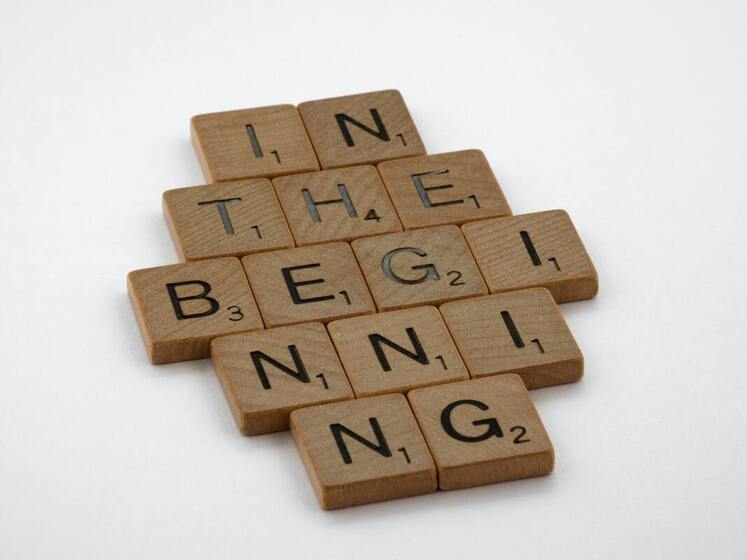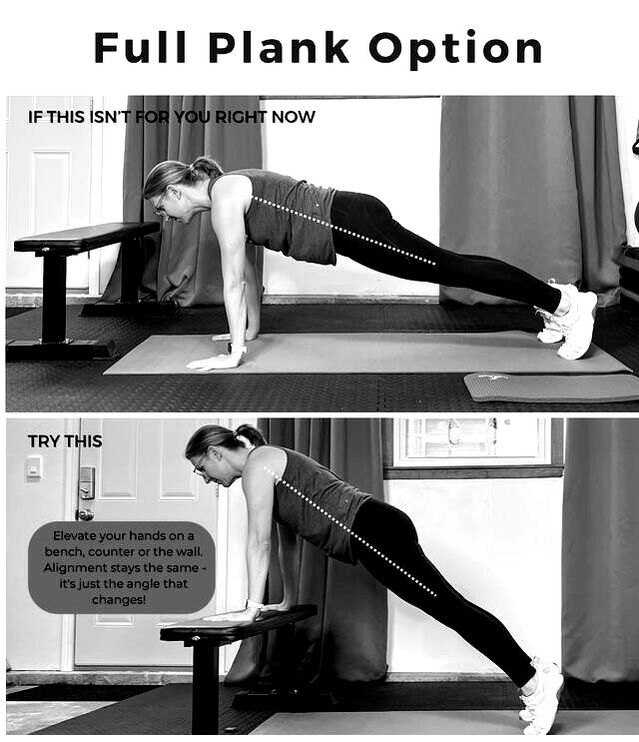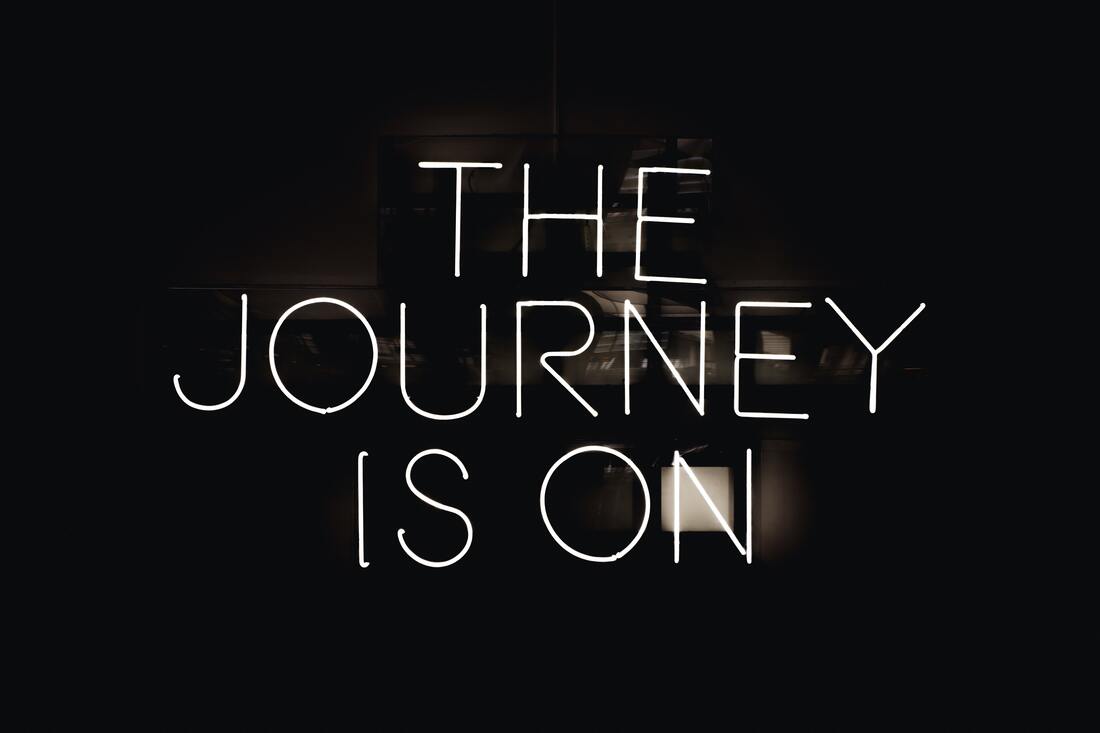|
Let’s say you have been out of the exercise habit for a quite a while and you are ready to improve energy and strength, so you look for “beginner workouts” online. What you discover will vary wildly from workout to workout. One may showcase slow, unweighted exercises while sitting in a chair and another includes squat jumps, push-ups, and mountain climbers. Both are labeled “beginner”. The sheer amount of content available can make it even more difficult to get started. And we know that developing an exercise habit is hard enough without having to guess about what exercises are “good for beginners”. So where do you actually begin? I know firsthand that it is difficult, if not impossible, to create a workout that will be ideally suited to everybody in a wide audience setting. (That’s why I love personal training…it’s personalized based on the clients needs and goals!) As I’ve worked with clients over the past few years, I’ve learned that it can be quite surprising where people excel and where they struggle. Everyone is different! However, I do know that it’s crucial to feel some measure of success quickly when you start exercising or it's not gonna stick. I’m not saying that exercises cannot be classified based on difficulty or the required foundation needed in order to perform them correctly. I am saying that it can be tricky to pull exercises together and call them all “beginner”. The difference between a box or chair squat, a goblet squat and a heavy back squat is evident. You could potentially label them beginner, beginner/intermediate, and advanced. The biggest problem with tagging videos as beginner is that often the exercises are demonstrated without options or explanations. If you cannot perform the exercise as demonstrated, it’s discouraging. What if a particular exercise causes pain and you aren’t quite sure what to do in its place? Also discouraging. What if an exercise doesn’t feel challenging enough? Then you get bored, which is, you guessed it, discouraging! What should you look for in a beginner program? The program should contain relatively simple exercises at first and offer options as needed. You will use no equipment or lighter weights or resistance. You will perform fewer sets and reps. Ideally, each session will place an appropriate demand on the body and slowly build up. This allows you to increase tissue strength & resilience to prevent injury. Look for these components to ensure you are getting a well-rounded program:
Find a program, trainer, or workout series that builds your confidence in trying new exercises. If you feel intimidated and discouraged after an adjustment period, find something else. You want to be challenged and a bit uncomfortable at times but not defeated. When in doubt, be willing to experiment. Try something a few times before giving it the boot. Accept that it is likely you will struggle with new exercises at first while your body adapts to new movement patterns and the challenges you are providing it. Rarely does anyone hop on a bike and ride off right away. It’s okay to be wobbly and need training wheels at first. Keep in mind any exercise can be modified or switched out to allow for a similar stimulus AND feeling successful while adequately challenged. If something hurts or makes you very apprehensive to attempt, switch it out! Also know that body weight exercises aren’t automatically “beginner”. Many exercises that are quick to be labeled as beginner – squats, lunges, and planks come to mind – can be an issue for some people (and that’s okay). These exercises may be foundational in nature but they aren’t necessarily appropriate for everyone right away. And a regular push-up is generally NOT a beginner exercise. They require coordination and strength to perform correctly. If you know how, you can scale almost any workout to make it appropriate for you and where you are right now. Try these tips to scale down when needed:
If you need to scale up because an exercise doesn’t feel challenging enough, try one or more of these: increase range of motion, play with tempo (slow down, add a pause/hold, etc.), do more reps, increase weight, decrease rest, or decrease base of support by changing foot position. A quick word about free content; it can be incredibly useful and high quality, for sure! Yet, it’s not always the best solution for building a consistent habit and learning what works well for your body and your goals. Paying for a membership or personal coaching offers benefits that go far beyond the workouts themselves. However, I won’t lie and tell you that you cannot get results from using free content and doing it on your own. You can.
We are all beginners at one time or another. No shame in that. Use the tips outlined above and get started! I’m here if you need help. At Reuna Fitness, you work with me to develop sustainable habits and reach your fitness goals in a way that works for you life. Initial consultation is free. Request one here. Wishing you success and strength in the new year!
0 Comments
Leave a Reply. |
Archives
June 2023
Categories
All
|



 RSS Feed
RSS Feed